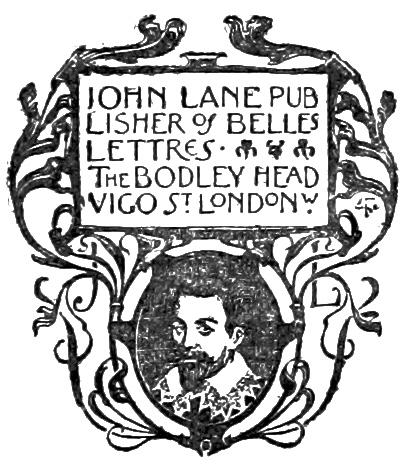Bodley Head Ltd Archive

The Bodley Head was founded in 1887 as a partnership between Charles Elkin Mathews and John Lane. It was named after Sir Thomas Bodley, founder of the Bodleian Library at Oxford. The firm used the head of Bodley as its insignia. They initially specialised in decorative limited editions of belle-lettres, as well as Oscar Wilde’s plays and Aubrey Beardsley’s periodical, ‘The Yellow Book’. It also published the work of a number of young poets including WB Yeats, Arthur Symons and Ernest Rhys.
John Lane became the sole owner in 1894, after his death in 1925 he was succeeded by his nephew, Allen Lane. The Bodley Head went into liquidation in 1936 and was bought a year later by a consortium of publishers consisting of George Allen & Unwin, Jonathan Cape and JM Dent.
Allen Lane left The Bodley Head in 1936 to set up Penguin Books, and Sir Stanley Unwin became chairman and managing director. By 1956 Unwin sought to relinquish these responsibilities and Max Reinhardt became joint owner, with three Henry Ansbacher partners.
Reinhardt expanded The Bodley Head in the 1950s and 60s, publishing authors such as George Bernard Shaw, Georgett Heyer, J B Priestley, Charles Chaplin, G V Desani, William Trevor, Maurice Sendak, Muriel Spark, Alexander Solzhenitsyn and Alistair Cooke. During this period a strong children’s list grew under the leadership of Judy Taylor. In 1962 Graham Greene moved from Heinemann to the Bodley Head, following a failed attempt to merge the two companies, and he became a director.
The Bodley Head merged with Chatto & Jonathan Cape in 1973. Each publishing house continued to operate independently, and retained their own lists. In 1987 Random House acquired the company and in 2008 The Bodley Head was relaunched as a children’s imprint.
PERMISSIONS
Readers will need the written permission of Penguin Random House before consulting material in this collection.
CONTENTS
Please note there are no records in this collection before c1918. The majority of early company records are held in the John Lane Company Collection at the Harry Ransom Centre in Texas.
In addition, there are few or no records for the years 1936 to 1960 when the company was run by a consortium of publishers (Allen & Unwin, Jonathan Cape, and J. M. Dent).
Our large collection consists mainly of material relating to Bodley Head publications 1964-1989, including correspondence, publicity material, financial records, contracts, royalty statements and reader’s reports. There is also some correspondence covering the earlier period, most from 1929-1935. These earlier records have been catalogued as the John Lane Papers (archive reference: JL) because the company was at this time known as John Lane at the Bodley Head.
The collection consists of the following series:
- JL: John Lane correspondence files, concerning much of the company’s publishing output; c.1918 and c.1936.
- JL RR: John Lane reader’s reports; 1926 and 1932. A report was created for each manuscript that was submitted.
- BH1 C: files from the Children’s Books Editorial Department; 1976 and 1981.
- BH1-3: Correspondence files, largely concerning the editing and publishing of titles aimed at adults; 1960s and 1980s.
- BH1 APU: Author’s publicity files. Files created for many of the authors published by Bodley Head; 1930s to 1980s.
- BH1 BPU: Book publicity files, arranged by book title; 1960s to 1980s.
- BH1 CAPU: Children’s author publicity files. Files created for many of the authors published by Bodley Head; 1950s to 1970s.
- BH1 CBPU: Children’s book publicity files, arranged by book title; 1960s to 1980s.
- BH1 CMPU: Miscellaneous publicity files: children’s books. Mainly concerning children’s literary organisations and events; 1970s to 1980s.
- BH1 CRPU: Review files for children’s books arranged by book title; 1950s to 1980s.
- BH1 RPU: Review files for books aimed at adults; arranged by title; 1930s to 1970s.
- BH1 RR: Reader’s reports; 1930s to 1960s with many undated. A report was created for each manuscript submitted.
MORE INFORMATION
- A full description is available from our online database